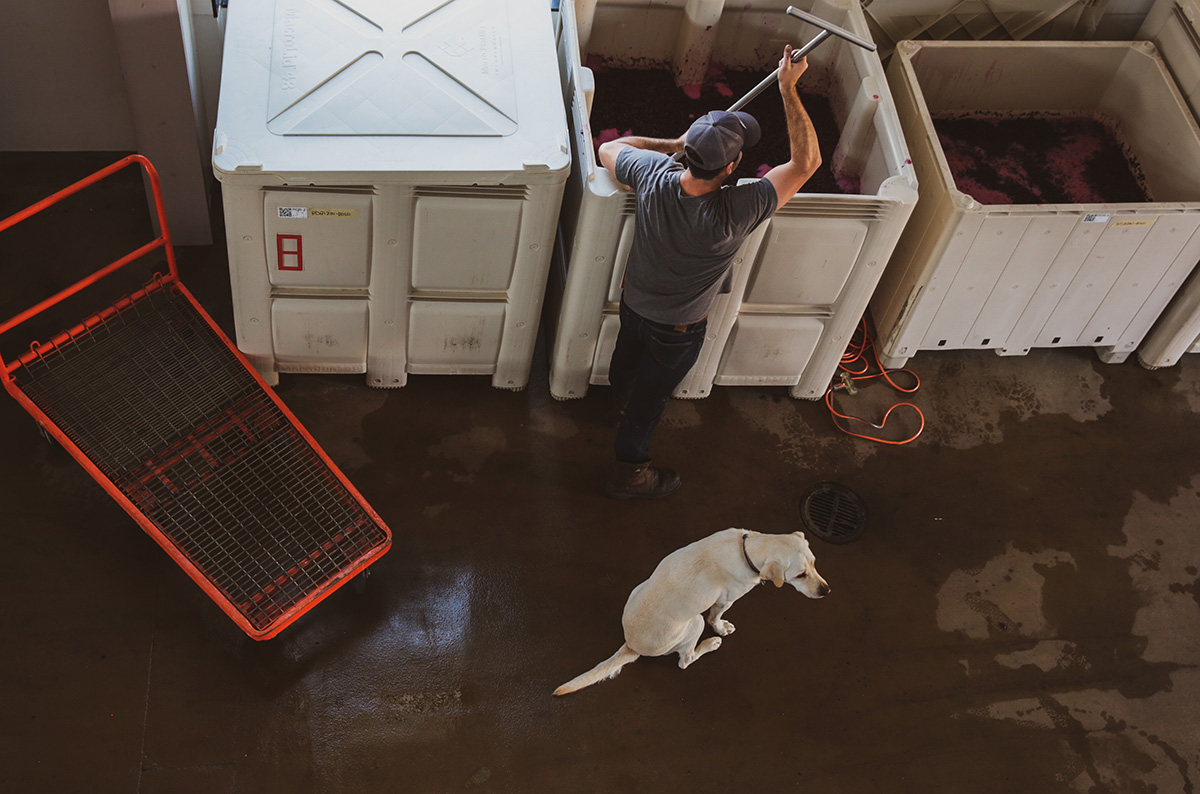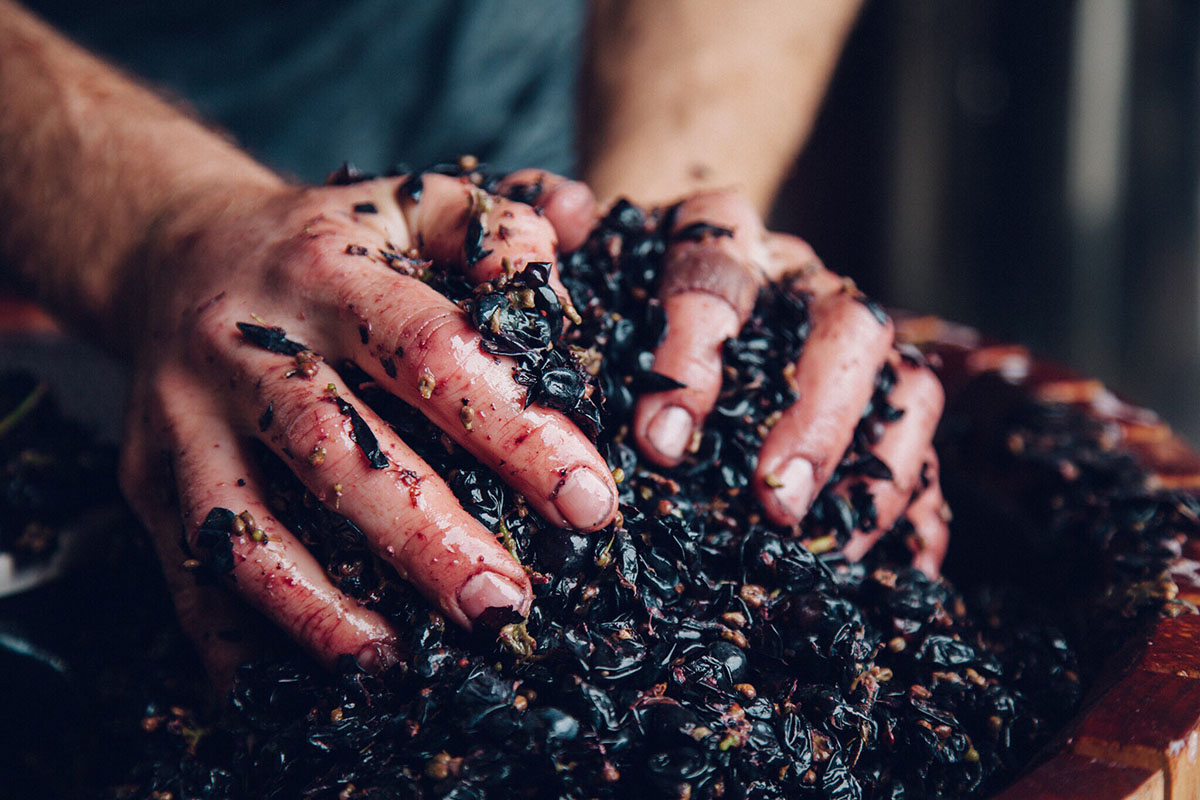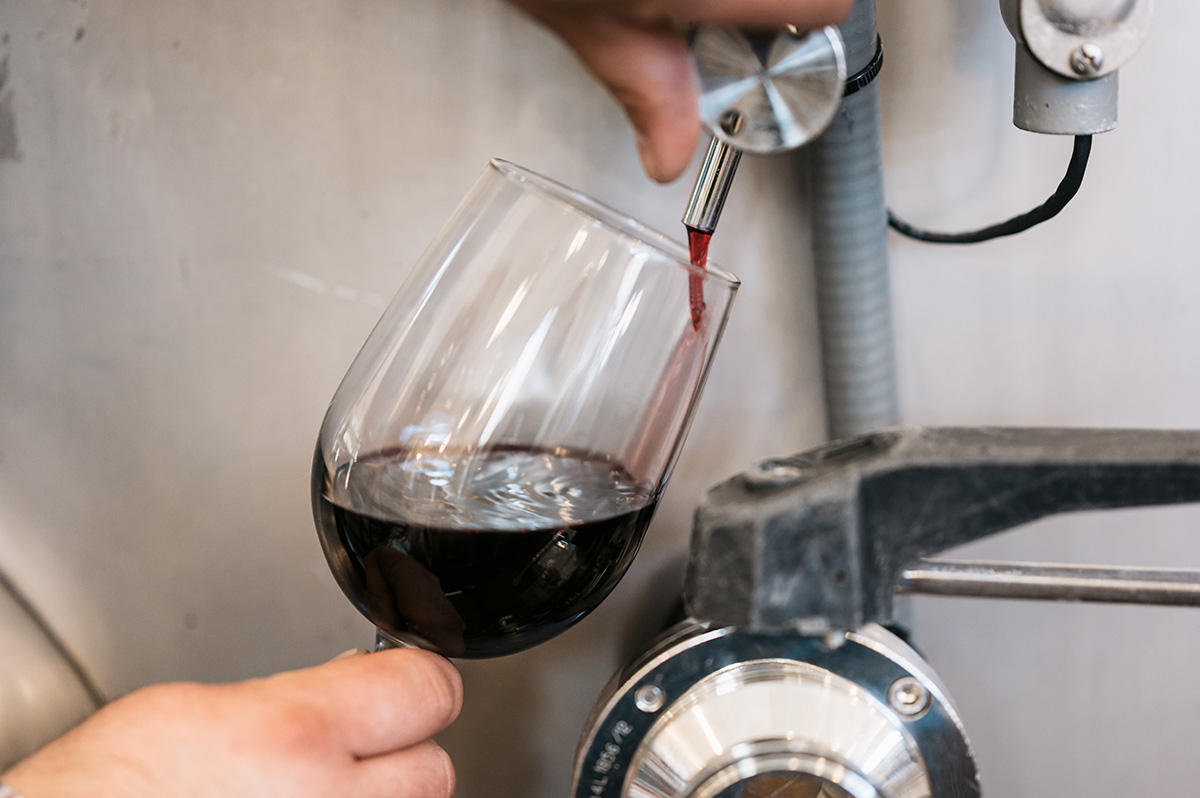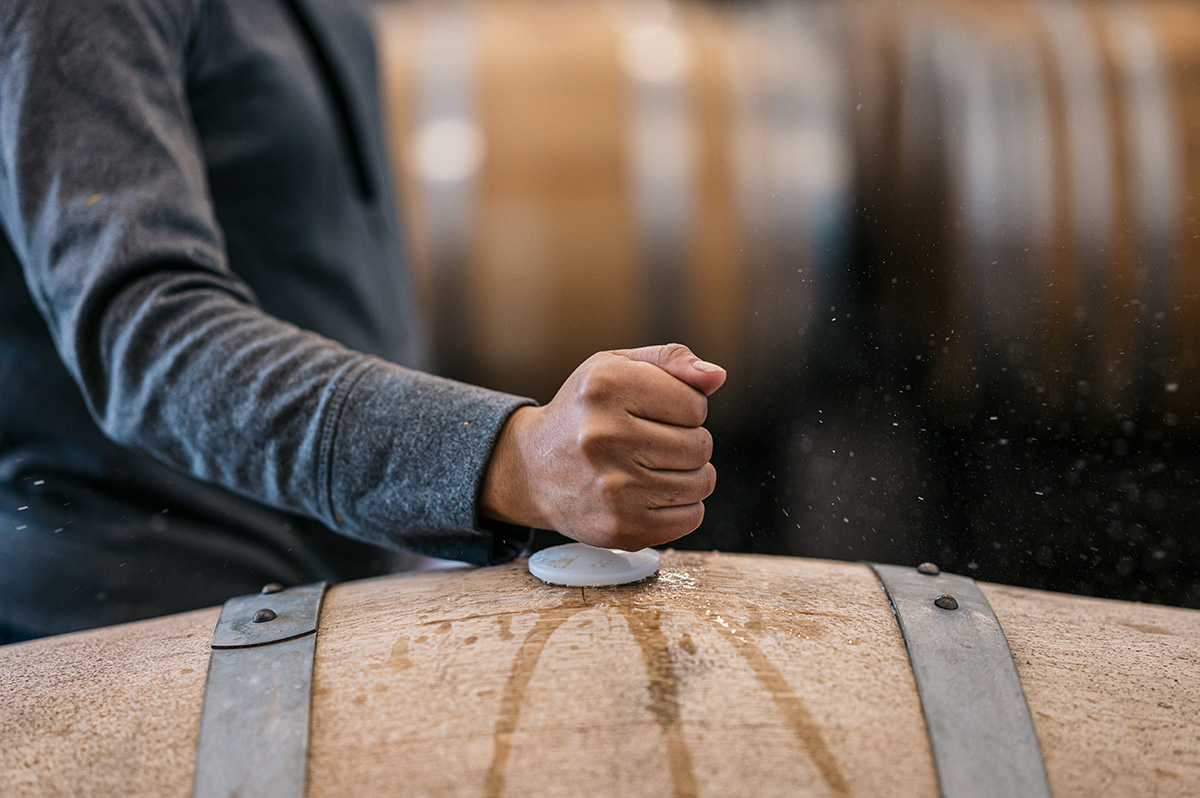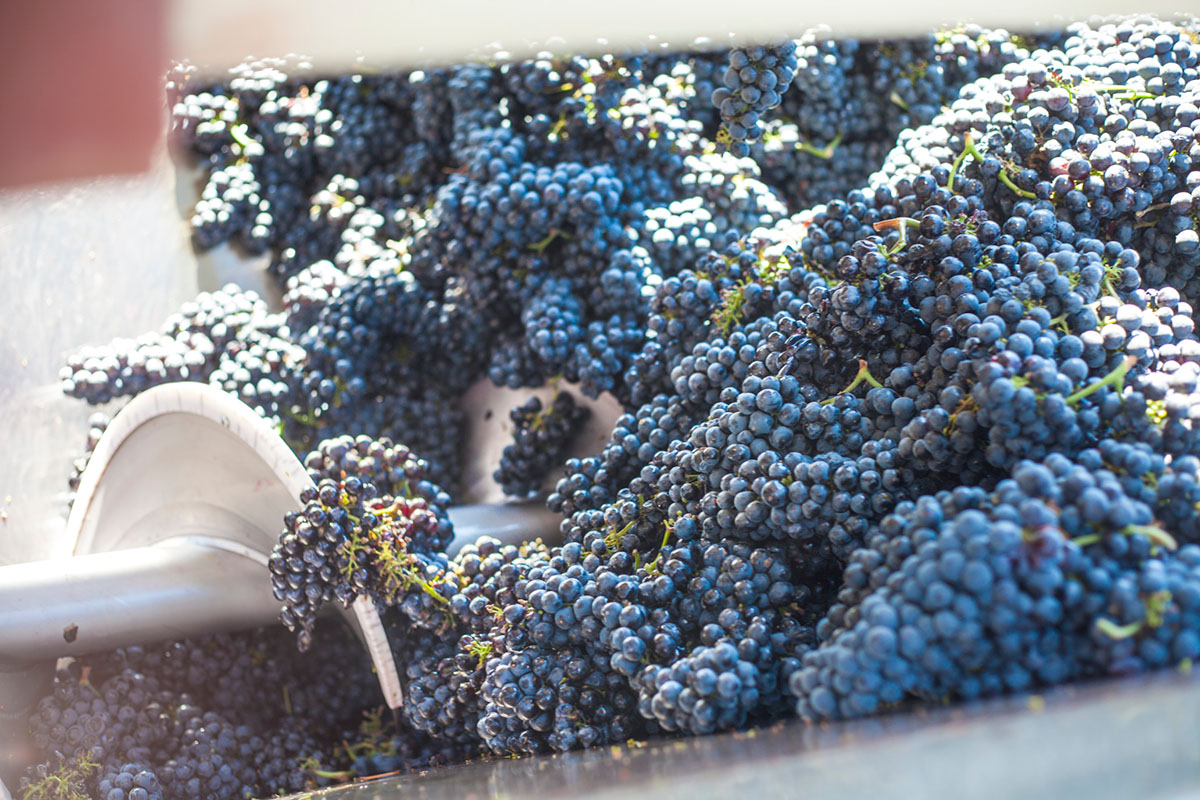The Real Meaning Behind 6 Trendy Wine Terms
“Unfiltered”, “Vegan”, “Natural”. The world of wine is abuzz with these terms right now. But what do they really mean?
WINE 101 | APR 6, 2022
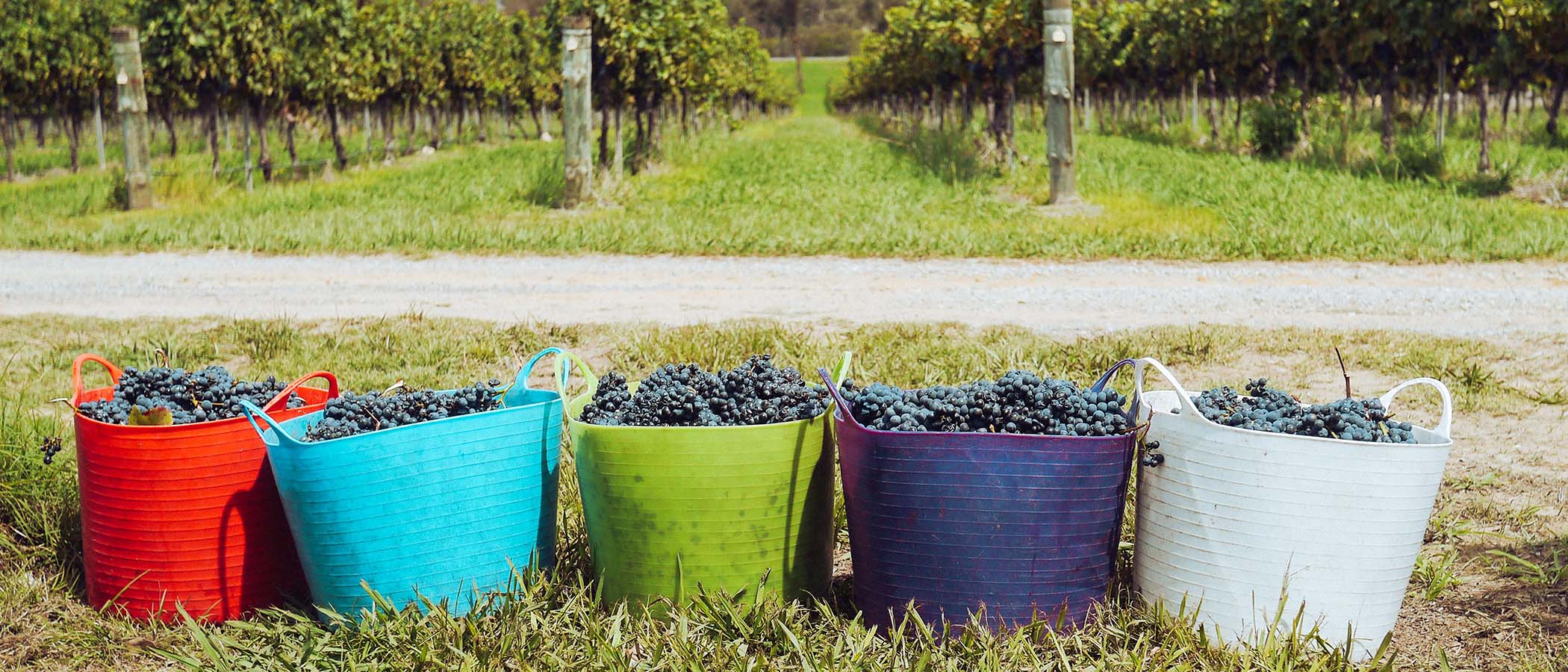
The wine industry is no stranger to gratuitous adjectives and complicated lingo. While so many, often colorful, descriptions are used in the context of tasting notes, we’ve noticed a rise in a trendy new collection of words that describe what wine is made without. You may have seen them around on social media, on store shelves, and in wine marketing. Terms like:
- Natural
- Vegan
- Unfiltered
- Low sulfite
- Organic
- Low sugar
Though these terms may come across as descriptive, for many wine drinkers (and many of us in the industry), they’re causing confusion. What do they actually mean, and how do they affect the final product? Rather than take these words at face value, let’s dig in and cut through the marketing-speak with a bit more context about these five trending wine terms.
What is natural wine?
Wine is made from grapes, which grow from the ground. Meaning, wine is a natural product.
Across the wine industry, there is no single accepted definition of “natural wine.” It is not a regulated claim, and specifics of what qualifies as “natural” are left up to individual producers. Really, natural wine is a concept. Most commonly, the term is used as part of the more widely agreed-upon concept of minimizing additives, though not all additives are the same and many are in fact natural.
Additives, including nutrients, tartaric acid, fining agents, fake tannins, enzymes, and sulfur, are added during the fermentation stage. At RD Winery, we may add tartaric acid (to help with aging) or sulfur (to preserve flavor). Both of these are 100% natural. We recommend reading up on common additives and their purpose to determine what aligns with your lifestyle.
Natural wine may also mean that a producer is working with organically or biodynamically farmed grapes—those grown without pesticides, herbicides, or other chemicals—but again, that’s not necessarily true in all cases. And truth be told, every vintage demands different pest management practices. Wines that don’t bear a “natural” claim on their bottle may still use organically farmed grapes. Many of the fruit we purchase is grown organically. Some are certified and others are not. More on that later.
Our take? Natural wine is a concept, not a designation. It’s better to vet individual wine brands to learn about their production process than align with a category that’s still a little crunchy on its definition.
Why Isn’t Wine Vegan?
Wine is made from grapes, which are vegan. Throughout the production process, fining agents like egg whites, gelatin, casein (milk protein), and isinglass (fish bladders) may be added in trace amounts with very little ever remaining in the wine itself.
Fining agents have been used in winemaking for centuries to soften, clarify, or improve wine color. While they may seem gross, these proteins work as binding agents to certain tannins or other compounds to remove tiny particles of sediment that cannot be removed by filtration.
Fining agents are effective, but they aren’t always necessary. RD wines are typically made without fining, except in a few cases. For example, we may use fining agents to soften tannins for varieties like Bordeaux-style Cabernet.
Many wines are vegan friendly even if it isn’t specified on the label. Designated vegan wines, however, are intentionally made without animal products, so the particles are either left to sink naturally to the bottom of the wine, or non-animal fining products are used.
What is unfiltered wine?
Filtering is standard practice to separate the yeast particles and microbes from the wine before it’s bottled. For some wines, filtration is essential. For others, it could be considered heavy-handed. It’s up to the winemaker to know exactly what a wine requires depending on their stylistic goals.
During filtration, wine is passed through various filter mediums that have shrinking hole sizes (or pore sizes). As the wine passes through the material, particles are captured and pulled from the wine. As the holes decrease in size, smaller microbes and yeast cells are filtered out of the wine until the wine is considered sterile filtered.
Unfiltered wine skips the filtration steps. Bacteria, any remaining yeast cells, and potential microbes remain in the wine unless suppressed in other ways.
For the most part, filtered wines have greater clarity than unfiltered, and it’s much more common to find and drink filtered wine, especially white wine. If you like unfiltered wine, you have to be willing to accept that it may grow tartrates and have a haze and a greater incidence of Brettanomyces or other microbes.
While most large commercially made wines are filtered to protect against refermentation in the bottle and any spoilage, some smaller producers are choosing the unconventional route and going filter-free.
What are sulfites?
Sulfites, aka sulfur dioxide, are one of the most misunderstood components of winemaking. Chances are you’ve seen “contains sulfites” on the back label of every bottle you’ve ever enjoyed. But what are sulfites exactly, why do they have such a bad rap, do they really cause headaches, and should you seek out low sulfite wine?
Sulfites are both a byproduct of the fermentation process and an additive in winemaking. Sulfites preserve the freshness and color of the wine by inhibiting oxidation, as well as bacteria and yeast growth. In other words, sulfites are integral to ensuring your wine is at its best when you uncork the bottle. Naturally-occurring sulfites are also found in common foods, such as salmon, asparagus, eggs, lettuce, soy products, and a host of others.
If sulfites already exist in wine, why do we add more during the winemaking process? It’s simply because there aren’t enough naturally-occurring sulfites to properly retain a wine’s freshness from bottling to tabletops. This is why wines marked as low sulfite or no-sulfite-added should be drunk sooner. In the United States, any wine with more than 10 parts per million of sulfites will be labeled as containing sulfites.
Are the sulfites in wine affecting you? The FDA estimates that 1 out of every 100 people suffers from sulfite sensitivities. And that a good 5% of those folks have asthma1. If you fall into this category, you may experience symptoms that affect your breathing, skin (think hives), or digestion. You’ll notice one or all of these symptoms within 15-30 minutes of enjoying your glass of wine.
So, about those sulfite-induced headaches. Although it’s not definitive, science indicates that sulfites are unlikely to cause headaches. Since sulfites are found in many foods, someone who gets a headache after a glass of red wine would presumably have the same experience after ingesting foods that are high in sulfites, such as those mentioned previously. It’s also commonly believed that red wine causes headaches but white wine does not. This myth is easy to bust as white wine contains more sulfites than red wine. Perhaps sulfites are not the culprit after all.
What is organic wine?
Organic wines are made with organically grown grapes—which are farmed according to a certain set of practices—and are made without added sulfites.
Many growers may still farm organically and not have an official certification. There are a number of reasons as to why, but mainly it’s just a pretty expensive certification to pursue. And really, organic isn’t necessarily a better way to farm; growers who prioritize quality along with respectful stewardship of the land are perhaps more important.
But organic doesn’t mean that the wine is free from all sprays and additives. There is still a list of additives that wine can use and still be considered organic, and there are many organic sprays, soil amendments, and processing agents that may be used in the vineyard and winery that are within the guidelines of organic farming and winemaking. That organic marker does not mean the wine is vegan.
We think it’s more important to know the winery you’re buying from, and for them to work with growers who are good stewards of the land. Sometimes that means the grapes will be organic. Sometimes that means fungicides are used to keep vines healthy. It’s all about balance. Beyond the grapes, green winery certifications, like Napa Green, demonstrate a winery’s commitment to managing its environmental impact.
What is low sugar wine?
Truthfully, we’re a little confused by it. Most wines are low in sugar, as grapes contain naturally-occurring sugars that are later converted to alcohol during the fermentation process.
Compared to the sugar content in an average person’s diet, wine sugar is not a major player.
Residual sugar is what’s left, if any, after fermentation. Winemakers call fermentation complete when the wine reaches the desired dryness level (aka sugar level). It’s measured in grams per liter, and most dry wines have very few grams, like three or less. Sweet or dessert wines? They may have around 30 grams. But again, since we’re talking grams per liter, the amount of sugar is still nominal compared to…well, most desserts!
When it comes to red or white wine, one does not inherently have more sugar than the other. Again, it comes down to fermentation time and the winemaker’s style.
One caveat to all this is what we might call “cheap wines.” You know the ones we’re talking about. Some of these commercially made wines have unnecessary added sugar to hook buyers. Get to know the producers you’re buying from, and buy from those making wines you like with practices you trust.
We appreciate the industry’s move toward more transparency, but think it’s important to know a few basics about the winemaking process versus some terms that are used as marketing tactics. Always do your research into individual producers. Then? Enjoy your wine.
1 Grotheer, P., Marshall, M., Simonne, Amy. Sulfites: Separating Fact from Fiction, University of Florida. March 17, 2019.
